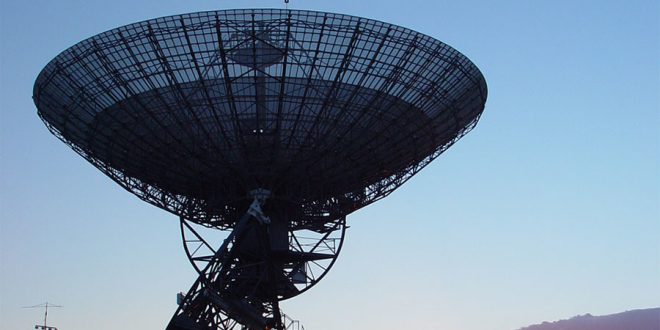NASA has established radar capabilities to pinpoint tiny pieces of hardware lost in space and has already used it to find a lunar orbiter which mysteriously vanished in 2009.
The Indian Space Research Organization launched Chandrayaan-1 in October 2008 for “chemical, mineralogical and photo-geologic mapping of the Moon,” according to The Indian Express. Less than a year later, researchers said they lost contact with the spacecraft.
But on Thursday, NASA scientists announced that they found Chandrayaan-1 and NASA’s Lunar Reconnaissance Orbiter 237,000 miles above the Earth’s surface while scanning the lunar poles.
“Finding (the Lunar Reconnaissance Orbiter) was relatively easy, as we were working with the mission’s navigators and had precise orbit data where it was located,” Maria Brozovic, a radar scientist at NASA’s Jet Propulsion Laboratory in California, said in a NASA report. “Finding India’s Chandrayaan-1 required a bit more detective work because the last contact with the spacecraft was in August of 2009.”
The Indian spacecraft, which is small at about half the size of a smart car, was found using existing interplanetary radar technology.
“Although the interplanetary radar has been used to observe small asteroids several million miles from Earth, researchers were not certain that an object of this smaller size as far away as the moon could be detected, even with the world’s most powerful radars,” NASA said in its report. “Chandrayaan-1 proved the perfect target for demonstrating the capability of this technique.”
Scientists said the discovery could be pivotal to planning future moon missions.
The large radar antennas at NASA’s Goldstone Deep Space Communications Complex in California, the Arecibo Observatory in Puerto Rico and the Green Bank Telescope in West Virginia working in tandem might be used to detect and track “even small spacecraft in lunar orbit,” scientists said.
Meanwhile, NASA researchers said, “Ground-based radars could possibly play a part in future robotic and human missions to the moon, both for a collisional hazard assessment tool and as a safety mechanism for spacecraft that encounter navigation or communication issues.”
Agencies/Canadajournal
 Canada Journal – News of the World Articles and videos to bring you the biggest Canadian news stories from across the country every day
Canada Journal – News of the World Articles and videos to bring you the biggest Canadian news stories from across the country every day



